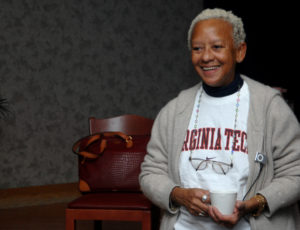Anyone else have problems being present to the moment? It’s the mantra of contemplatives and mystics across the ages, of all faith traditions and of none. Sounds simple, but it’s not.
Three months have passed since I last published a column. That was the time frame I gave myself before returning to “regular” life routines after having knee-replacement surgery.
During the early days of recovery, I lay on the couch feeling completely useless, dependent on my daughters for just about everything from getting up and down, making it to the bathroom, and walking around the house to fixing food, doing exercises, and icing the knee. Not surprising for the first week or two. But as weeks passed, I became impatient with myself, aware mostly of all the stuff I wasn’t doing.
No Zoom groups: London Writers’ Salon, Lectio, book club. No writing: journaling, columns, book project. No reading despite having a stack of Donna Leon mysteries sitting on the bookcase. I couldn’t sit long enough to get through a chapter. All the stuff that made me feel like I was accomplishing something. Connecting with people. Being a worthwhile human being. I could do none of it.
I dreaded nighttime. Sleep was elusive and when it came, it came in short spurts – an hour or two now and again. Depression inched its way into my psyche.
The challenge was to live what I write about: the grace of being open to the present moment. Easier said (or written) than done.
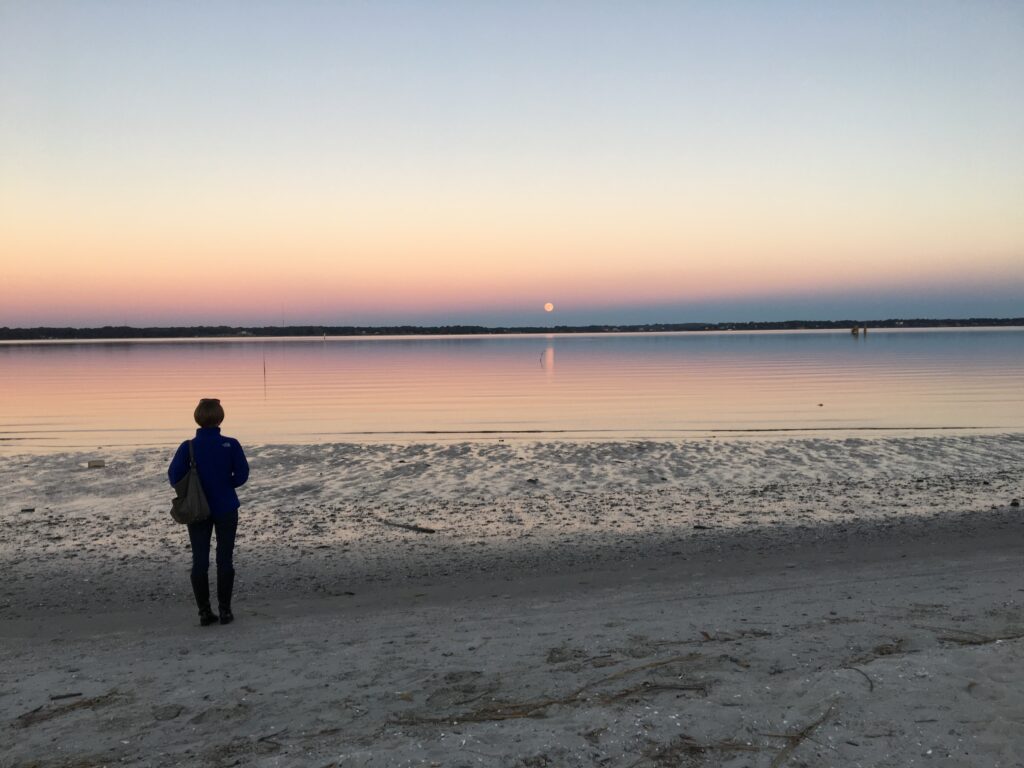
This topic recently came up during lunch with a good friend. Sipping hot coffee on a surprisingly cool morning at an outdoor café, I shared my struggle. She reflected on the role of surrender in prayer. “Surrender” is a word often found in contemplative literature. It’s not one I use. It feels old and uncomfortable to me, conjuring images of failure, domination, militarism, and patriarchy. Someone wins and someone loses. In my experience, God doesn’t require surrender but receptivity. I prefer something like “letting go,” or “opening up,” but understand the intended meaning here. It says “Sorry, but you’re not in control.” And don’t people mostly want to feel like they are in control?
I certainly did. I was faithful with all prescribed exercises and prompt for PT sessions. My daughter who cared for me during the first ten days created a chart to make sure medications were taken on time. The second daughter did the same for at home exercises. I didn’t miss a pill or a rep. I would be back to “normal,” whatever that is, soon, soon, soon!
Not so much.
My memory may be less than accurate, but surely, I recovered more rapidly after my first knee replacement. My daughter said, “no.” OK. With a nod to the physical changes that occur over a decade, I conceded that my older body needed a bit more time. But not too much more. Not with me in control, doing all the right things at the right times.
Be still and know I am God
Psalm 46:10
Eventually, reality wore me down until all I could do was what my friend named over salad and soup: sinking into the Presence within. Like theologian Howard Thurman’s “centering down.” Or 17th century Carmelite, Brother Lawrence’s admonition to “practice the Presence.” It wasn’t so much a giving up of control as it was a recognition that I never had it in the first place. At least not of everything. We can decide how to respond in our immediate situations, but things happen that we have no power to change. I still did all my exercises, took medications on time, and went to PT. But I began to open to the grace of the moment and embrace some truths I knew but forgot:
– I needn’t be constantly productive to be worthwhile. Simply being is enough.
– My “work” for the moment was to heal, not to write the next column or book.
– Good, loving people filled my life, especially my daughters, family, friends, and medical staff.
– I am a human being with a body that is sometimes broken and that is always getting older.
– Life is a series of letting go and receiving.
– I can savor the life I have, the things I can do that bring me joy.
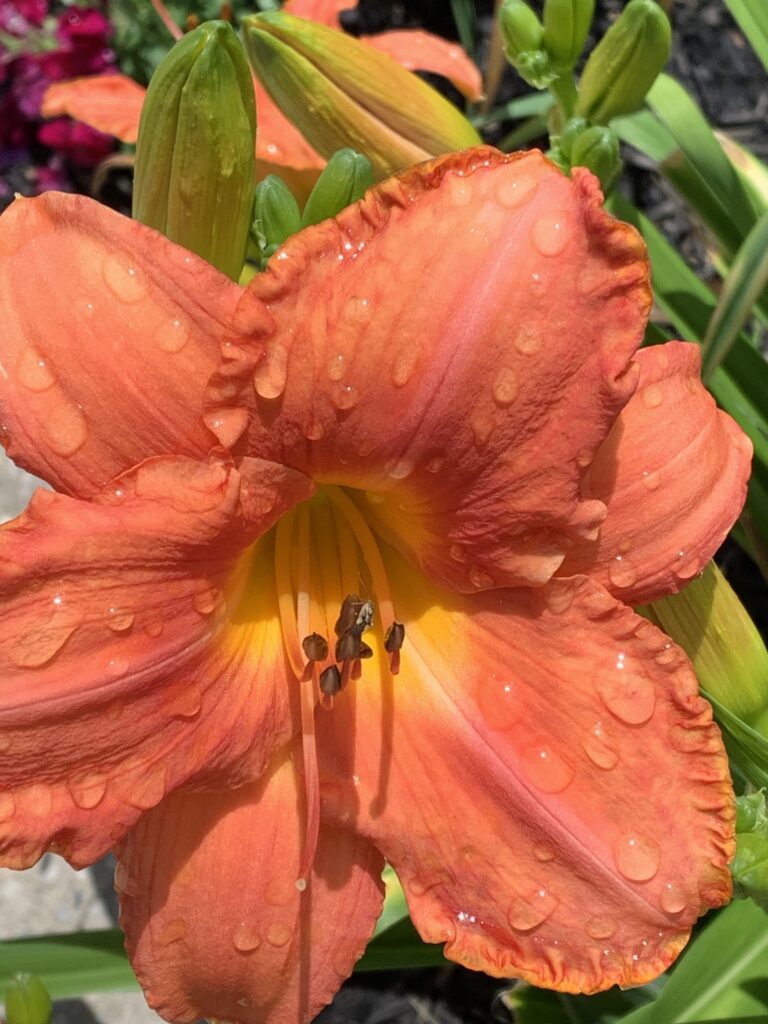
And the one truth that encompasses all others: I exist, along with everyone and everything else, in the Mystery of Being, the Source, the Connector of all that is. It’s good to sink into that knowing, to lift my heart to Holy Presence all around and to find it within, no matter the name I give to it, content with being held and loved by Love itself.
Photos by Mary van Balen
References
Howard Thurman in Meditations of the Heart
Br. Lawrence Practice of the Presence trans. Carmen Acevedo Butcher
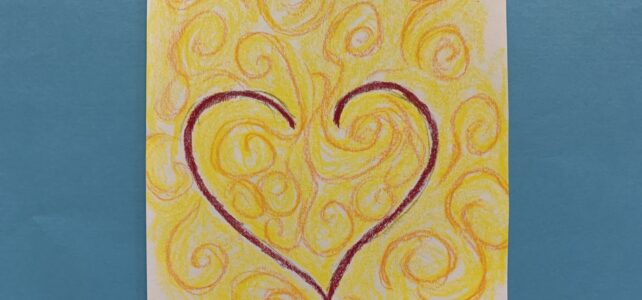
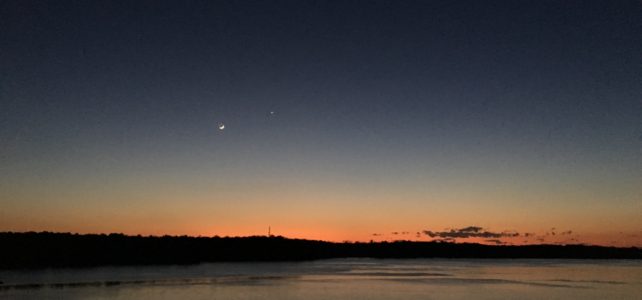
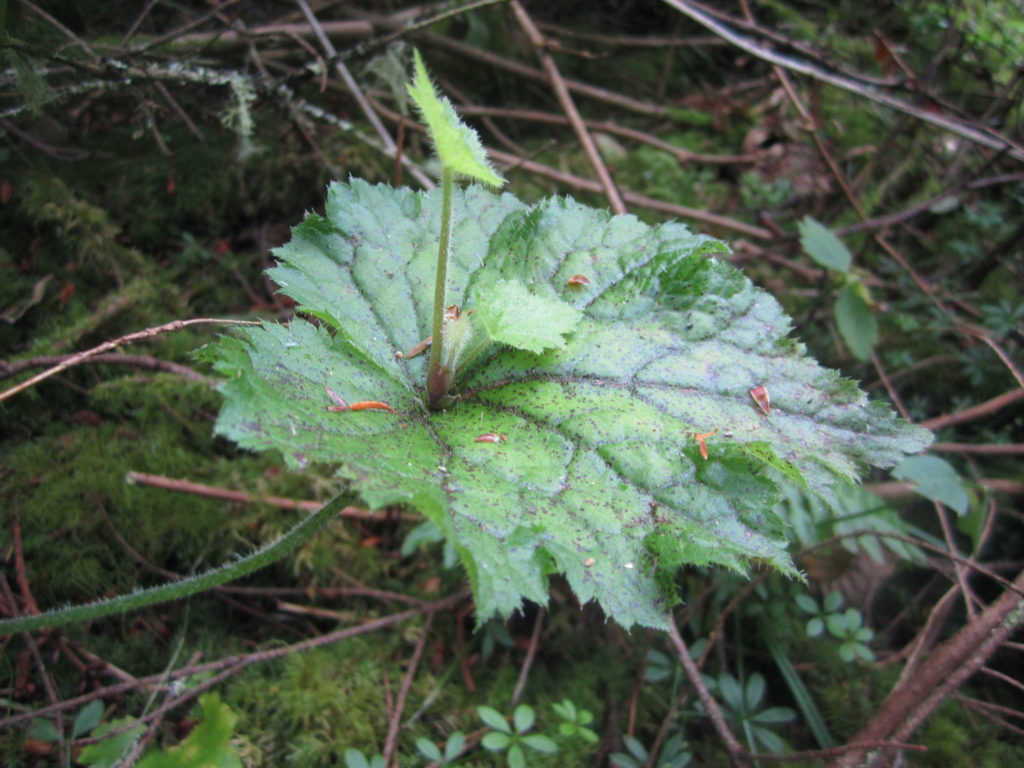
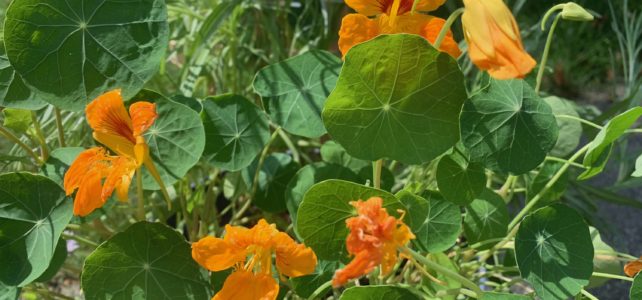
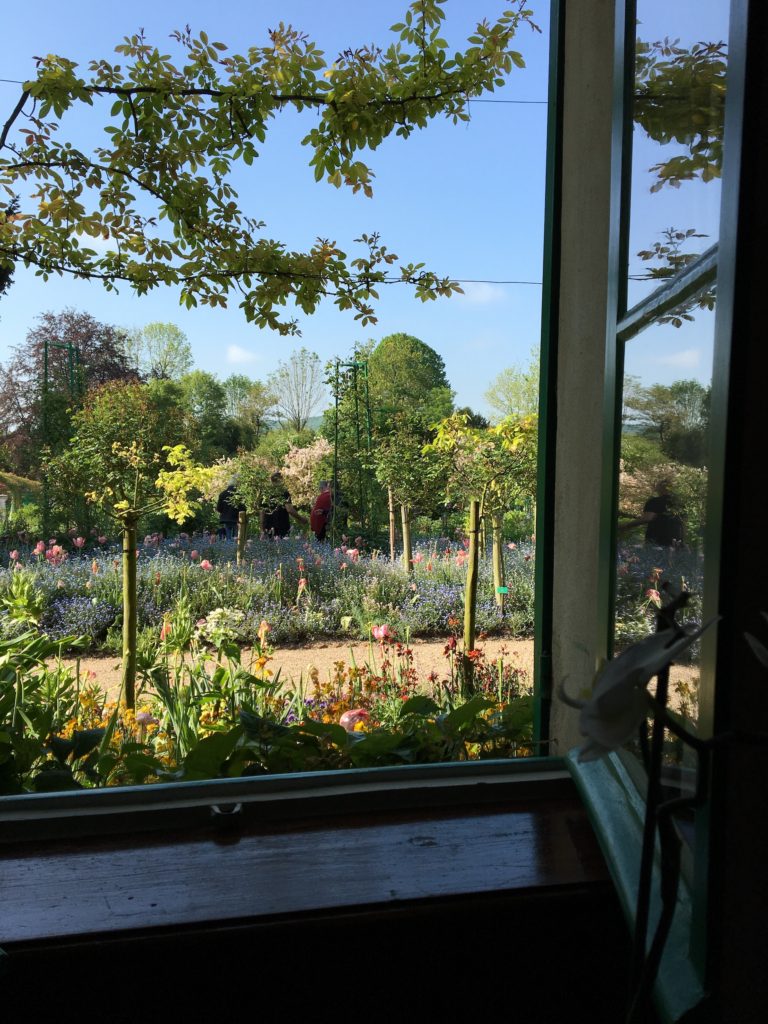
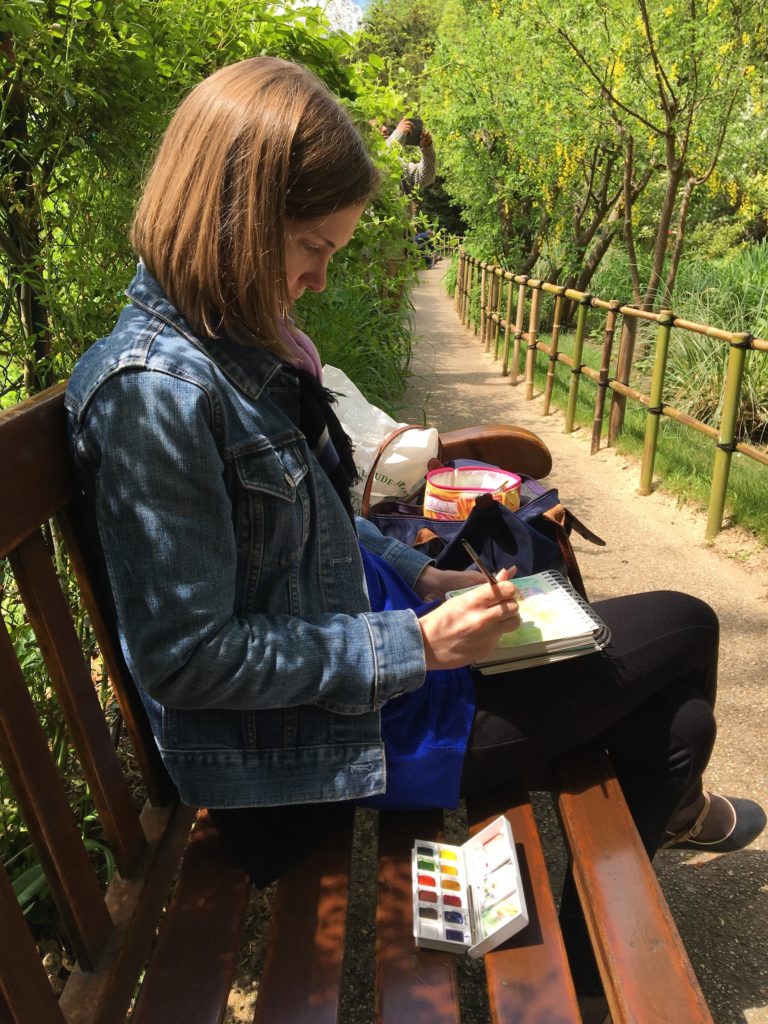
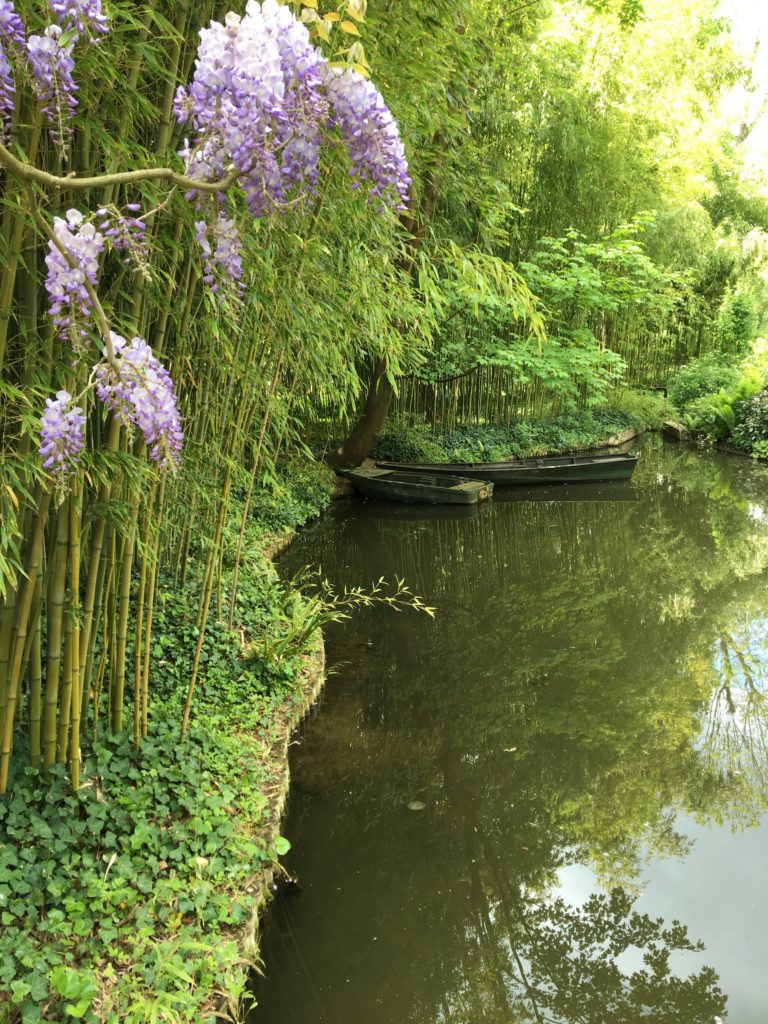
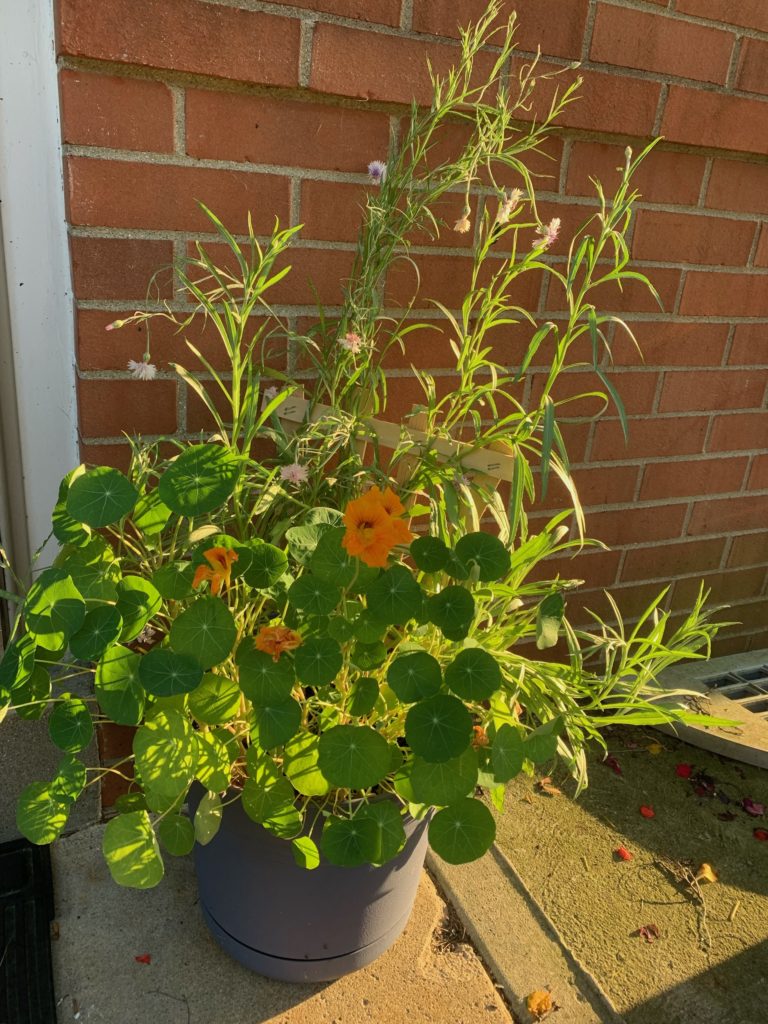
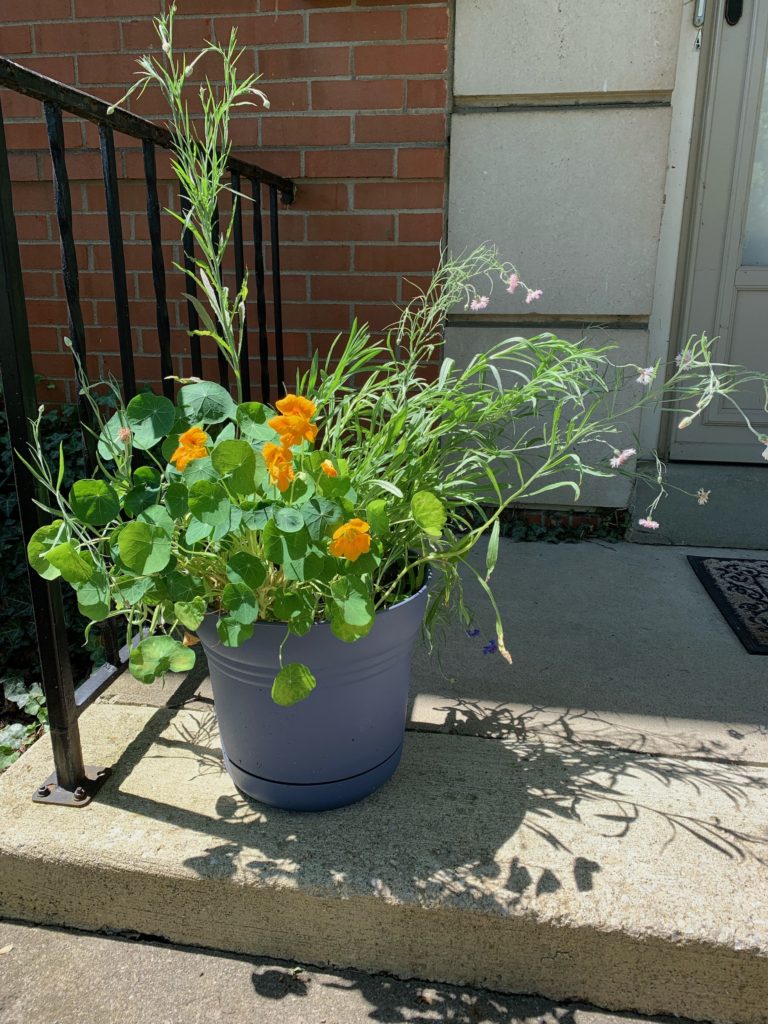
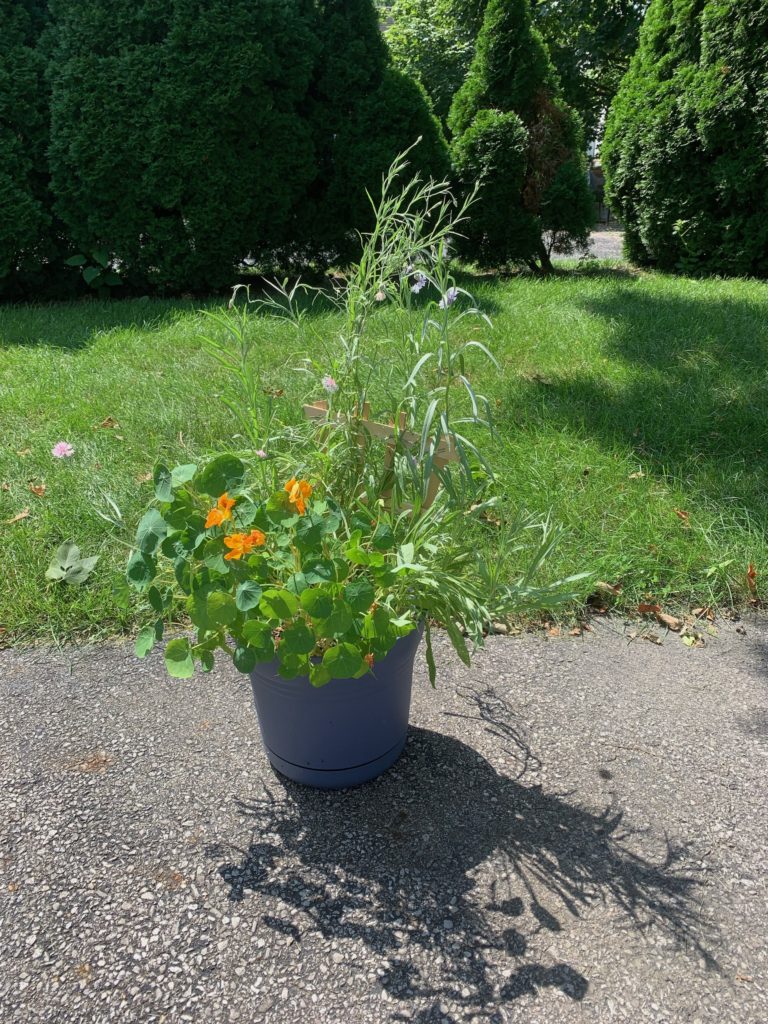
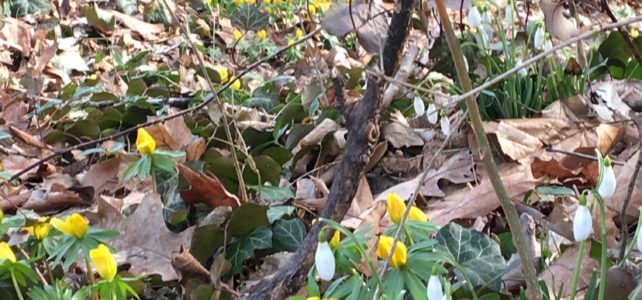
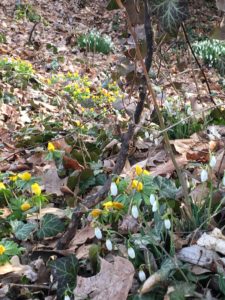
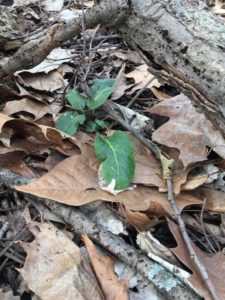
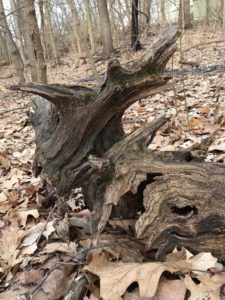
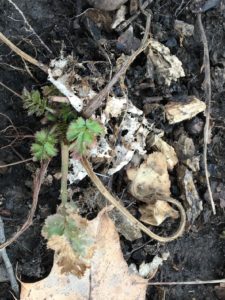
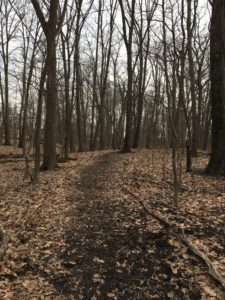
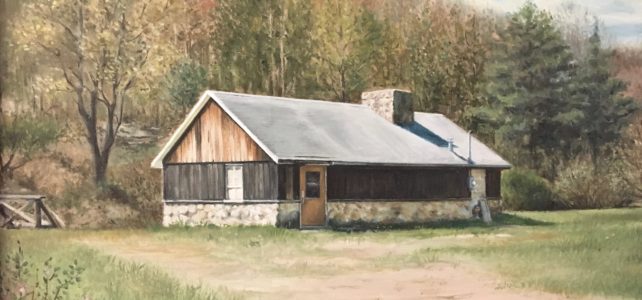
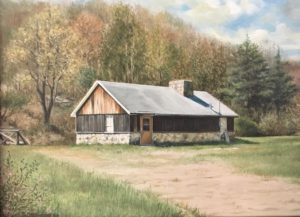
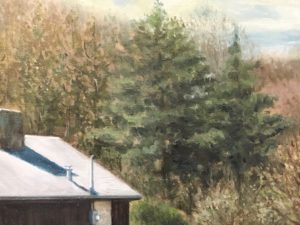
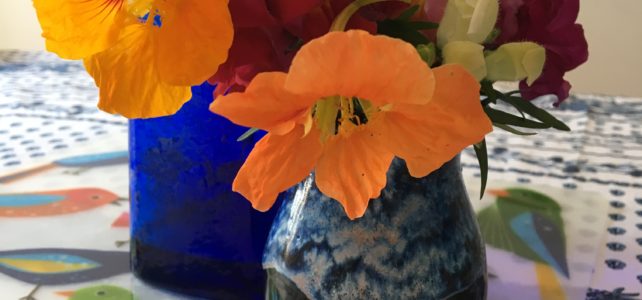
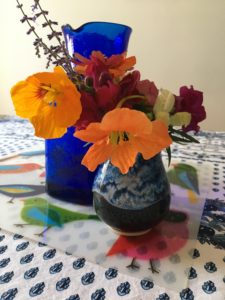
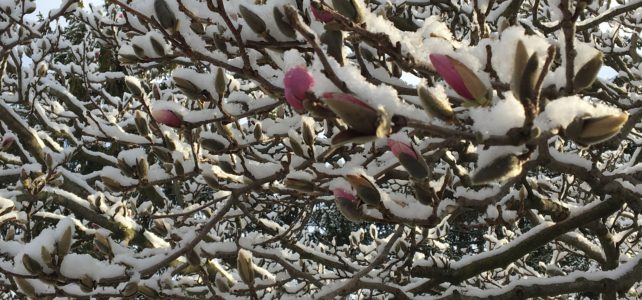
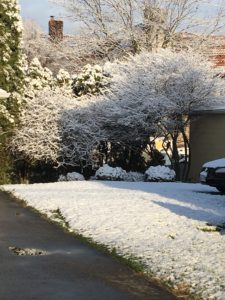 Yes, as the rain and the snow come down from the heavens and do not return without watering the earth,
Yes, as the rain and the snow come down from the heavens and do not return without watering the earth, 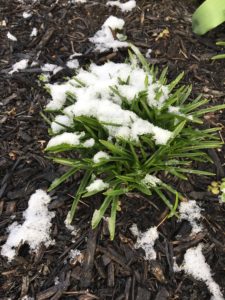
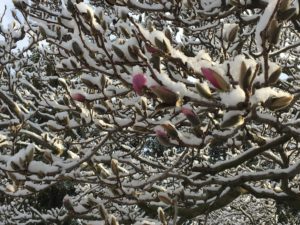 making it yield and giving growth to provide seed for the sower and bread for the eating,
making it yield and giving growth to provide seed for the sower and bread for the eating,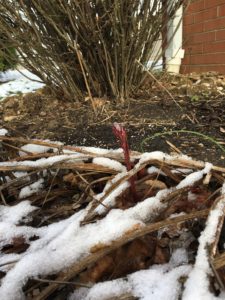
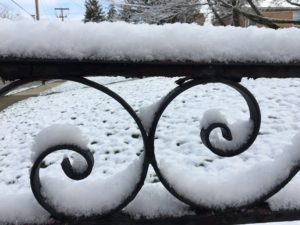
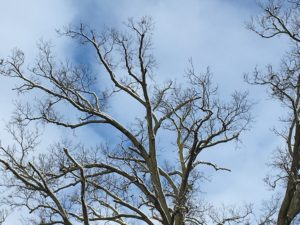 without carrying out my will and succeeding in what it was sent to do. Isaiah 55, 10-11
without carrying out my will and succeeding in what it was sent to do. Isaiah 55, 10-11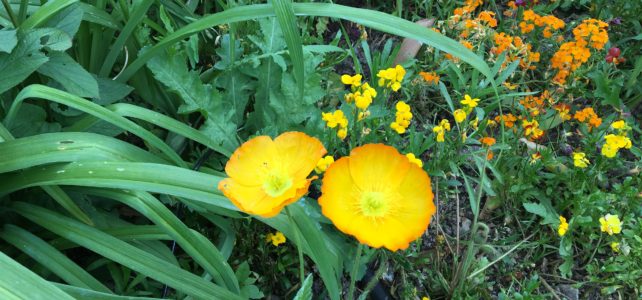
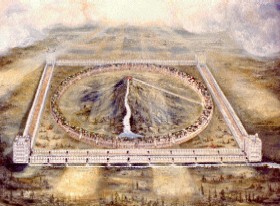

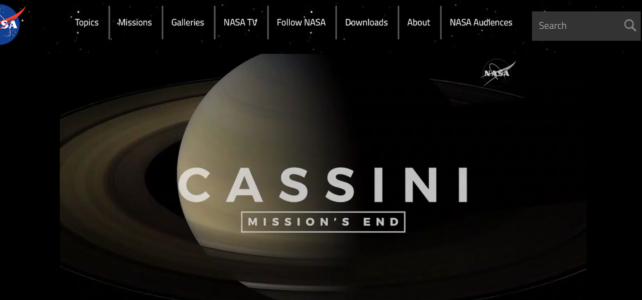


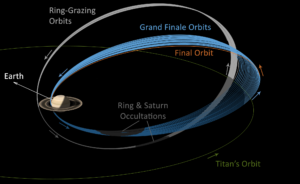

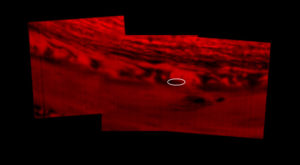
 My response is gratitude for those who have worked so long and hard to provide it. And to bend my knee before the One who creates it. I join with the ancient psalmist in prayer: The heavens proclaim the glory of God/and the firmament shows forth the work of his hands./Day unto day takes up the story/and night unto night makes know the message./ No speech, no word, no voice is heard/yet their span goes forth through all the earth,/their words to the utmost bounds of the world.
My response is gratitude for those who have worked so long and hard to provide it. And to bend my knee before the One who creates it. I join with the ancient psalmist in prayer: The heavens proclaim the glory of God/and the firmament shows forth the work of his hands./Day unto day takes up the story/and night unto night makes know the message./ No speech, no word, no voice is heard/yet their span goes forth through all the earth,/their words to the utmost bounds of the world. 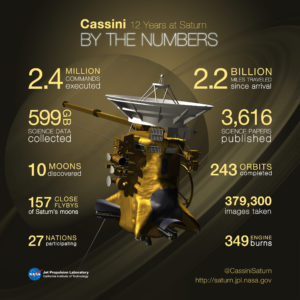


![By Gravure d'Antoine Maurin dit "Maurin l'aîné" (1793-1860) à partir d'un dessin de Louis Janmot (1814-1892) [Public domain], via Wikimedia Commons Pencil drawing of Blessed Fredric Ozanam](http://www.maryvanbalen.com/wp-content/uploads/2017/09/Frédéric_Ozanam_2-220x300.jpg)


